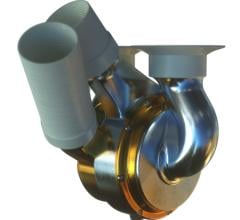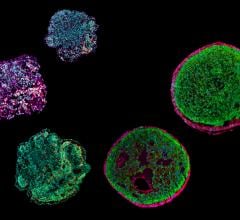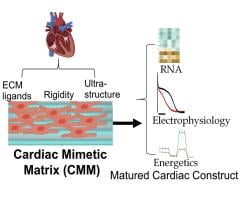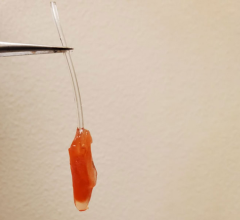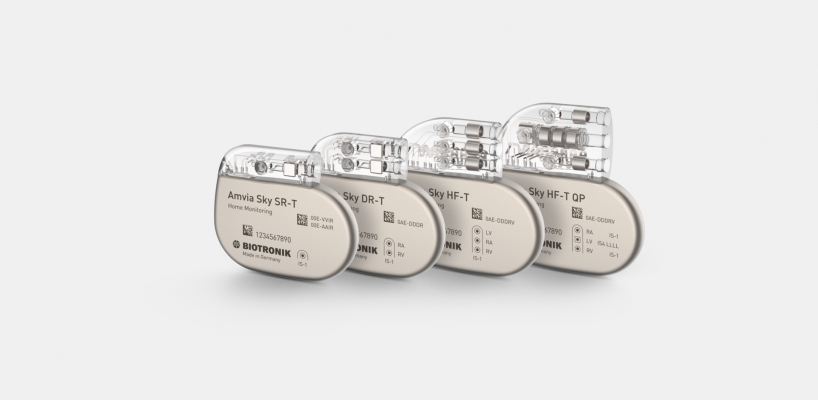
The Amvia Pacemaker and CRT-P Family
July 6, 2023 — BIOTRONIK announced U.S. Food and Drug Administration (FDA) approval of its portfolio of Amvia Edge pacemakers and cardiac resynchronization therapy pacemaker (CRT-P), its latest innovation in cardiac rhythm management. Amvia Edge, the market’s smallest single-chamber MR conditional pacemaker1, introduces a unique set of patient-centric clinical solutions coupled with automated workflow efficiency.
Amvia Edge pacemakers feature BIOTRONIK’s proprietary MRI Guard 24/7 technology, which uses always-on, dedicated sensors to automatically recognize when a patient enters an MRI field and then converts the device to MRI mode. The device returns to its permanent programming following the completion of the scan, eliminating any pre- or post-scan programming needs2,3.
"MRI Guard 24/7 is a solution for real-world challenges, as we strive to improve safety and increase efficiencies for CIED patients who need MRI access," said Dr. David Hayes, Chief Medical Officer, BIOTRONIK, Inc. "An MRI scan should be as easy as possible for patients, but also for caregivers in the device clinic and the MRI suite. MRI Guard 24/7 avoids repeat visits to the clinic for pre- and post-programming, and because the device only switches to MRI mode during the scan itself, it minimizes any potential patient discomfort."
All Amvia Edge devices also feature Atrial ATP (aATP), providing multiple, automatic therapies in response to detected stable atrial arrhythmias, which may reduce atrial tachycardia burden and help avoid atrial remodeling4,5. Atrial tachycardia can increase a patient’s risk of stroke6 and heart failure7, while decreasing quality of life8. Alongside its MRI and atrial arrhythmia solutions, Amvia Edge offers new tools that automate key tasks, such as pre-discharge checks. With the EarlyCheck feature, a device report and IEGM are automatically sent to the Home Monitoring Service Center two hours after implant, eliminating the need for in-person device interrogation.
"Amvia Edge represents BIOTRONIK’s continued commitment to healthcare professionals to help them serve their patients," said Ryan Walters, President, BIOTRONIK, Inc. "The clinical treatment options and built-in efficiencies of Amvia are designed to solve everyday challenges for patients, physicians, and caregivers."
For more information: www.biotronik.com
References:
1. BIOTRONIK Amvia Edge technical manual, Medtronic Azure XT DR MRI SureScan™ manual; Boston Scientific Accolade MRI™ technical manual; Abbott Assurity MRI™ user’s manual.
2. Usability survey results from 24 European centers related to MRI Guard 24/7. Data on file
3. Mullane S, Michaelis K, Henrickson C, et al. Utilization and programming of an automatic MRI recognition feature for cardiac rhythm management devices. Heart Rhythm. O2. 2021; 2: 132–137.
4. Nattel S, Burstein B, Dobrev D. Atrial remodeling and atrial fibrillation: mechanisms and implications. Circ Arrhythm Electrophysiol. 2008; 1(1): 62-73.
5. Usability survey results from 24 European centers related to MRI Guard 24/7. Data on file.
6. Wolf PA, Abbott RD, Kannel WB. Atrial fibrillation as an independent risk factor for stroke: the Framingham Study. Stroke. 1991; 22(8): 983-988
7. Kotecha D, Lam CS, Van Veldhuisen DJ, Van Gelder IC, Voors AA, Rienstra M. Heart Failure With Preserved Ejection Fraction and Atrial Fibrillation: Vicious Twins. J Am Coll Cardiol. 2016; 68(20): 2217-2228
8. Freeman JV, Simon DN, Go AS et al. Association Between Atrial Fibrillation Symptoms, Quality of Life, and Patient Outcomes: Results From the Outcomes Registry for Better Informed Treatment of Atrial Fibrillation (ORBIT-AF). Circ Cardiovasc Qual Outcomes. 2015; 8(4): 393-402.


 November 20, 2023
November 20, 2023 
